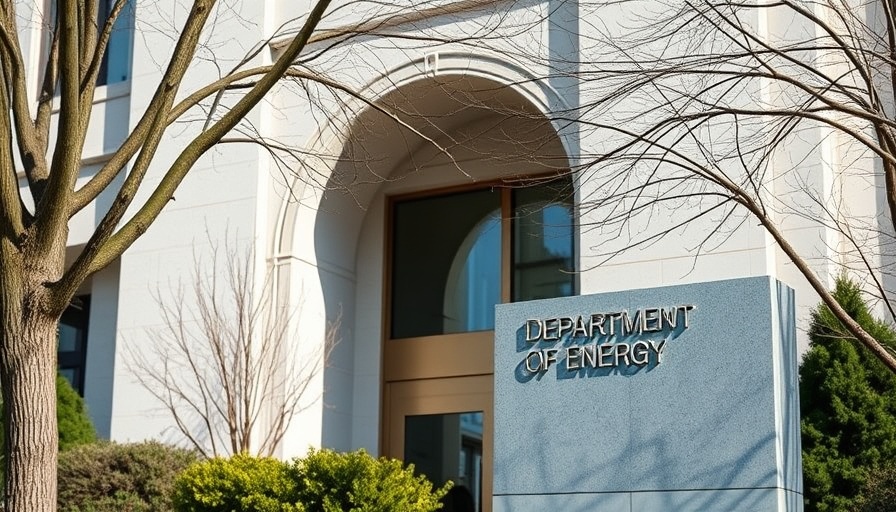
The Importance of Resilient Energy Storage Solutions
As the world grapples with climate change and increasing power dependence, the need for resilient energy solutions is more pressing than ever. The recent investment of $15 million by the U.S. Department of Energy into three groundbreaking energy storage technologies serves as a pivotal moment for the future of our electric grid. This funding underscores the urgency of fortifying critical infrastructure amid growing threats to reliability, such as extreme weather events and cyberattacks.
Innovative Projects for Future Resilience
The three selected projects represent a blend of innovation and sustainability. Binghamton University’s project focuses on bio-mineralized lithium mixed-metal phosphate for a grid-scale battery system. This technology aims to enhance energy resilience in Endicott, New York, an effort that reflects a growing trend in communities seeking autonomy in energy supply. Similarly, Long Hill Energy Partners will assess the feasibility of a quinone flow battery to support a healthcare facility in northern Los Angeles County, an area grappling with increasing power demands.
Meanwhile, Inlyte Energy's project using iron and sodium for long-duration storage in high-risk wildfire areas not only demonstrates feasible solutions but also showcases a path for sustainable disaster preparedness. This blend of health and environmental concerns illustrates a comprehensive approach to energy management.
Market Implications and Future Trends
Investments like these indicate that the U.S. government recognizes the integral role passive energy storage plays in the economy’s infrastructure landscape. With increasingly unpredictable weather patterns causing strain on existing grids, the importance of innovative storage solutions can no longer be understated. As businesses face potential power outages and disruptions, the demand for reliable and cost-effective energy options is set to surge.
Community Impact and Corporate Adaptation
For business owners and property developers, this investment reflects a broader trend towards green construction practices and sustainable building. Facilities managers must adapt to these technologies not only to reduce operational costs but to ensure their properties meet new sustainability standards dictated by consumers and regulatory bodies. Companies that proactively implement energy-efficient measures will likely find themselves at an advantage in highly competitive markets.
Conclusion: Why Act Now
This significant funding of nearly $15 million for energy storage technologies should drive businesses and developers to consider their own energy strategies. By investing in innovative storage solutions now, stakeholders can enhance their operational resilience, promote sustainability, and position themselves at the forefront of an evolving industry. As the landscape shifts towards sustainability and innovation, those who remain reactive rather than proactive may find themselves at a disadvantage.
 Add Row
Add Row  Add
Add 




Write A Comment